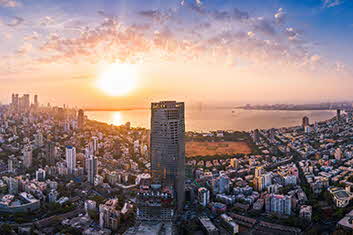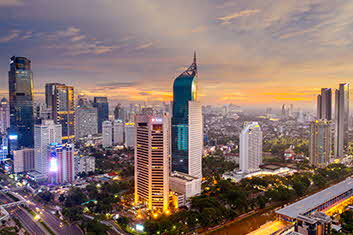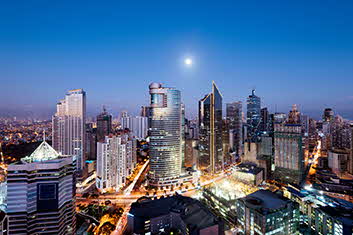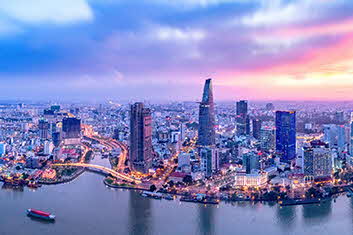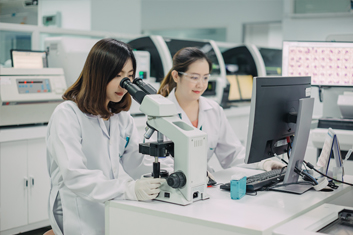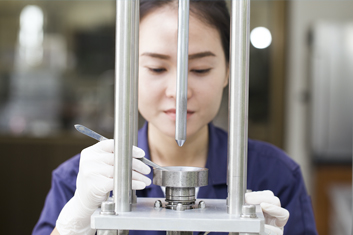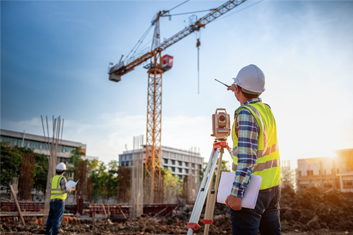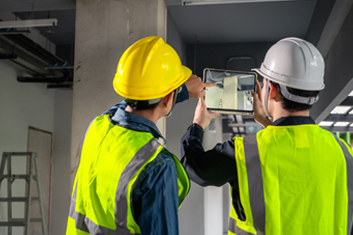Today's burgeoning urban population puts increasing pressure on infrastructure – from housing to schools and transport. Contribute to the rapid evolution of the infrastructure sector through faster and smarter technology and digitalisation to solve challenges of tomorrow.
Browse programmes and initiatives
-
All
-
Innovation
Key opportunities
-
Embrace innovative green cooling and ventilation technologies
-
Automation in construction
-
Efficient and high-quality building with prefabrication
-
Reinventing real estate businesses
-
Diversifying revenue sources with new asset classes
-
Vibrant hub for smart cities development
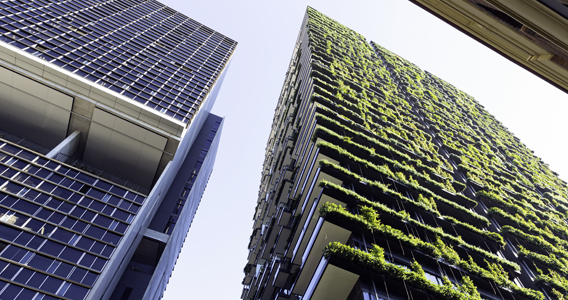
Discover and develop innovative sustainable cooling and ventilation technologies that can make a significant impact on the buildings and cities of tomorrow.
The world is rapidly moving towards a greener future, and the opportunities for businesses to invest in low-emission assets are becoming increasingly evident. Businesses can differentiate themselves by providing innovative, cost-effective, and environmental-friendly solutions to help customers reduce their carbon footprint. By establishing trust with a wider customer base, businesses can drive growth and increase profitability.
Download the Green Innovation Starter Guide to discover new opportunities for developing cooling and ventilation technologies.
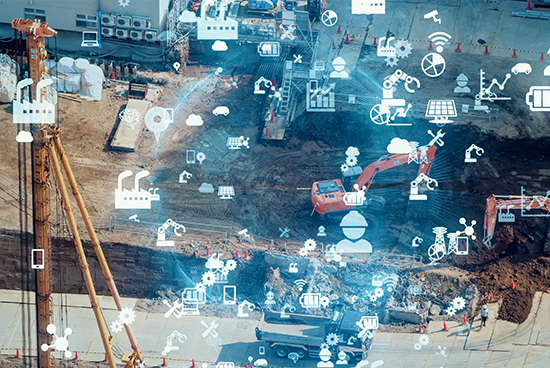
Adopt new ways to build more efficiently with digital technology and automation.
There is strong business potential in developing and adopting new technologies for efficient building, as guided by the Built Environment Industry Transformation Map.
Digital technology and automation are also enhancing construction productivity. The Building & Construction Authority is championing the use of an Integrated Digital Delivery system to connect all parties in the construction value chain, from design to fabrication, assembly on-site, as well as operations and maintenance. This improves efficiency and collaboration among stakeholders.
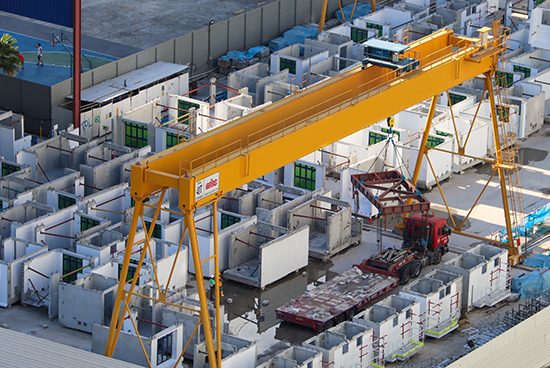
Prefabrication technology involves components being prefabricated off-site and assembled on-site, allowing for greater automation for higher productivity and quality on all fronts.
Design for Manufacturing and Assembly (DfMA)
This promotes safer, controlled off-site factories for higher quality and productivity. Efficient, cleaner and quieter onsite installation leads to a safer site with better working conditions that enable companies to achieve 40% in manpower savings. Projects get completed faster, with fewer work incidents and cleaner sites.
Consider using new sustainable building materials such as Mass Engineered Timber (MET) to improve the structural integrity of buildings and shorten construction time.
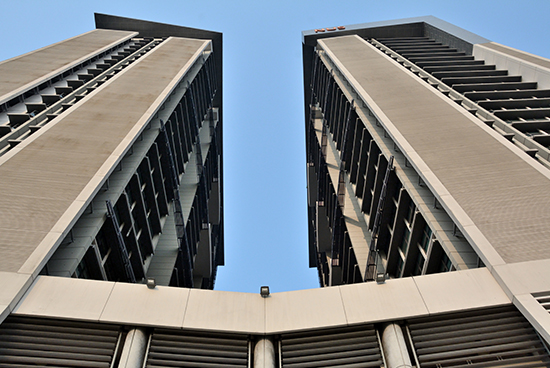
The real estate industry is evolving to incorporate new technologies and address challenges such as slower manpower growth in Singapore. Tap smart technology to transform facilities management and property transaction services.
Singapore companies have been involved in large-scale township and industrial park development projects. Examples include the Suzhou Industrial Park and Tianjin Eco-city in China; and the capital city of Amaravati in the state of Andhra Pradesh, India.
The real estate industry is also evolving to embrace new technologies, meet rising consumer expectations, and cope with slower manpower growth in Singapore.
Guided by the Real Estate Industry Transformation Map (ITM), companies can explore the use of smart technology and data, and look into incorporating new technologies in transforming facilities management and property transaction services using smart technology and data.
In addition, our track record in master-planning and urban design, and involvement in large-scale township and industrial park development projects, makes real estate companies in Singapore highly marketable to other countries in the region.
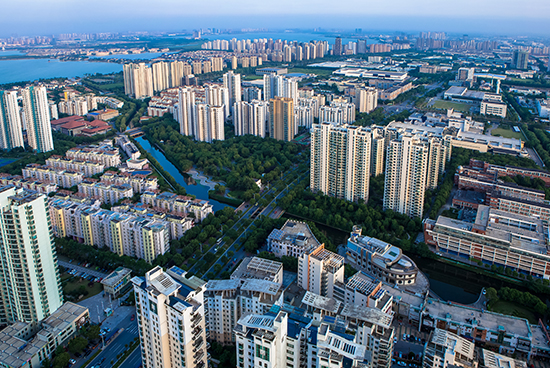
Explore growth areas beyond conventional residential, commercial, and industrial development projects to expand into new asset classes, such as co-working spaces and data centres.
Here are some emerging asset classes to consider:
Co-working spaces
Singapore’s co-working boom and the region is driven by a shift towards flexible work practices. Singapore-based companies, such as Mapletree and Ascendas-Singbridge, have seized this opportunity for expansion, with Mapletree’s COQOONS and Ascendas-Singbridge.
Data centres
The growing regional demand for data centres is evident in Facebook building a S$1.4 billion data centre in Singapore, its first in Asia. Homegrown firm Ascendas-Singbridge is also investing US$1 billion (S$1.4 billion) to develop data centres in India.
Purpose-built student accommodation (PBSA)
Housing specifically built for students by private commercial developers are widely viewed as a relatively resilient sub-asset class in the property sector. There is growing demand for PBSA in countries such as the UK and Australia. More Singapore companies are turning their attention towards this sub-sector; for example, Centurion currently operates over eight assets accounting for close to 2,500 beds across major UK cities such as Bristol, Liverpool, and Manchester.
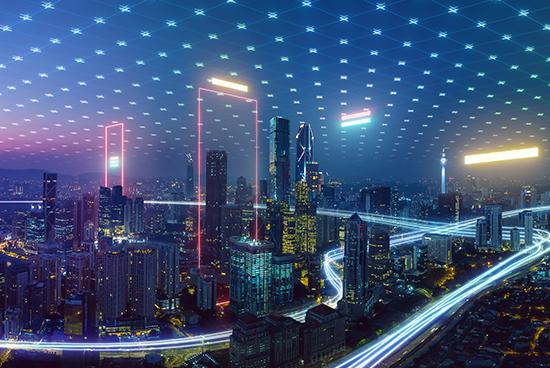
Leverage Singapore’s status as the world’s smartest city to contribute your solutions to the development of smart cities around the world.
Smart cities have sprouted up across the globe today. The estimated value of the global smart cities market is projected to exceed US$2 trillion (S$2.7 trillion) by 2025.¹ There are huge business opportunities for your company to contribute to the master-planning, design, construction, and development of hundreds of smart cities in Asia alone.
When pitching for overseas projects, teaming up with a ready pool of Singapore companies from different sectors of the smart city ecosystem can help you to meet the demand for comprehensive smart city solutions.
For example, two Singapore small and medium-sized enterprises (SMEs) and first timers in China – iFocus Pte Ltd and S3 Innovate Pte Ltd are partnering with Surbana Jurong on their first smart lift monitoring project in Guangzhou. Surbana’s “Smart City in a Box” serves as the integrated smart city management platform while the two SMEs complete the solutions package by providing sensors for lift monitoring and user-friendly data visualisation.
More than 10 SMEs have also partnered Surbana in the larger China market to provide the “Smart City in a Box” solution for other aspects of city management, such as monitoring and management of city traffic conditions, security and energy.
Get recognised for consistent quality through standards
Adopting standards is an efficient way for your company to maintain consistent quality, build customer trust and gain acceptance in global markets.
Use recognised standards for your business and assure your customers that you have met local and international benchmarks for good quality.
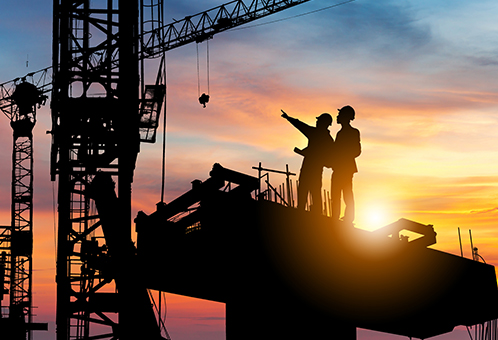
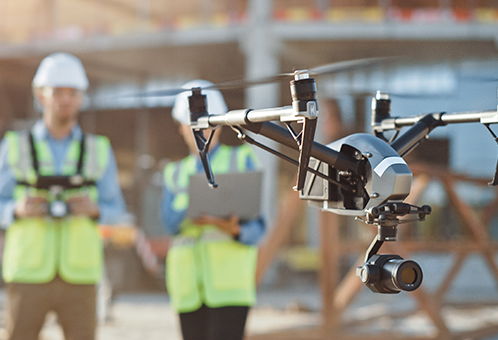
Is your business staying competitive?
The Built Environment ITM aims to help stakeholders within the sector collaborate more effectively across the value chain, in light of the shifts that have been made in technological advancements, sustainability efforts, and longer-term structural trends.
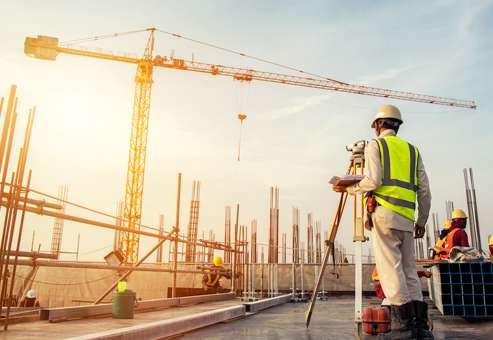
The Real Estate ITM focuses on three key strategies:
i) Digitalise property transaction processes;ii) Promote technology adoption by property agencies, and
iii) Enhance value add of property agents through emphasis on skills development.
Ways to expand your business in built environment
-
Key Markets | Built Environment
Find out more about the key markets for built environment and how you can reach them through the right networks and resources.
-
Guides & Insights | Built Environment
Upgrade your business capabilities with our tools and stay up to date on the latest built environment.
-
Industry Partners | Built Environment
Work closely with industry associations and partners to grow your business in built environment.

